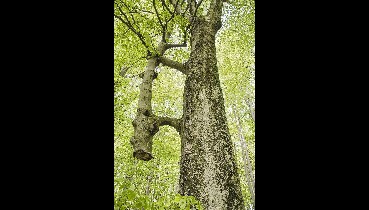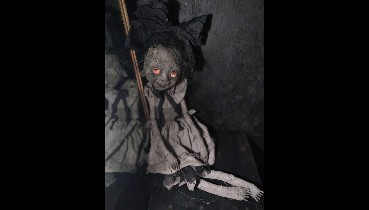
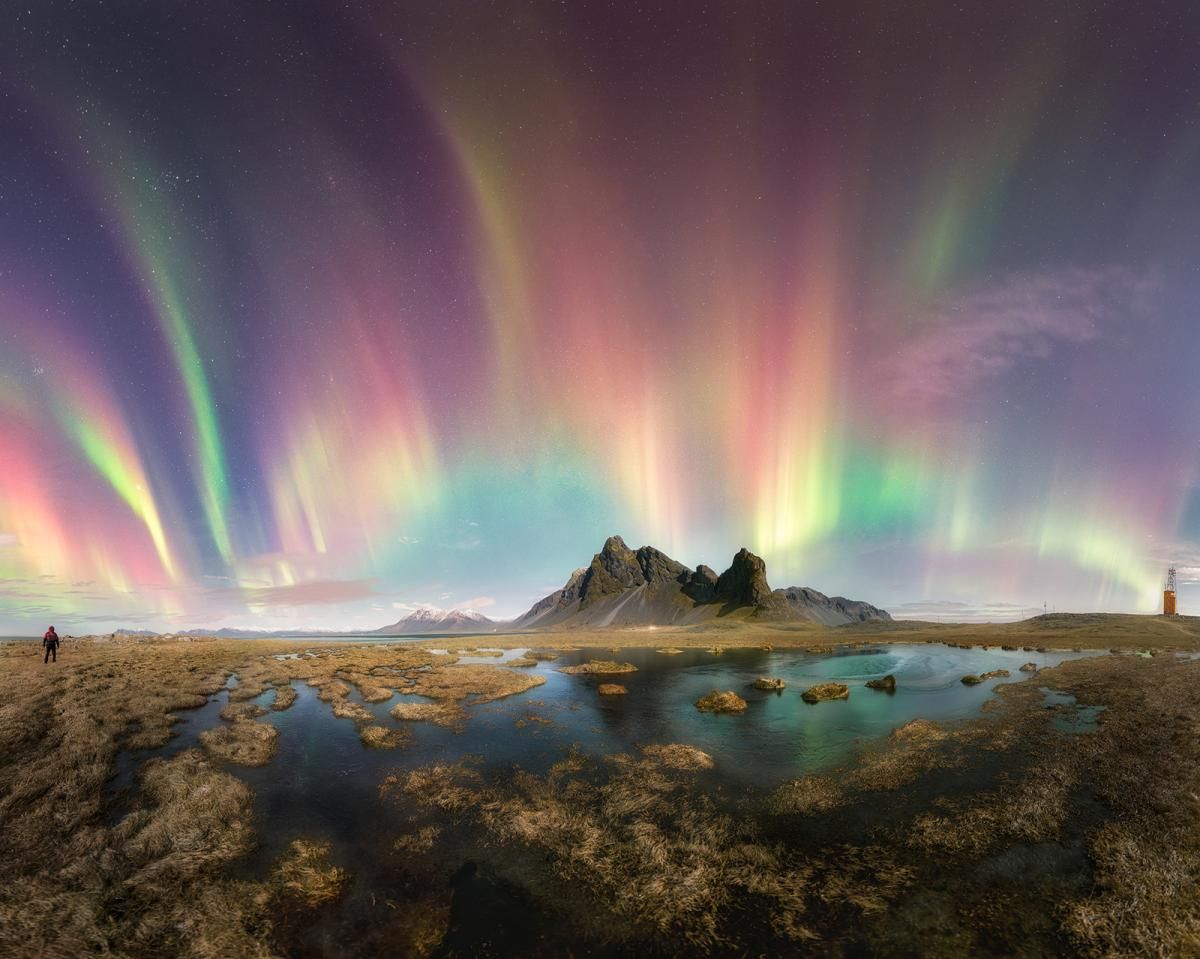
10 Remarkable Images Chosen As Finalists For The 2024 Astronomy Photographer Of The Year Contest
From dazzling star-studded vistas to intricate lunar details and radiant solar phenomena: the splendor of the cosmos shines through in the shortlist for the Astronomy Photographer of the Year 2024 competition.
Now in its 16th year, Astronomy Photographer of the Year attracts thousands of entries annually from top space photographers around the globe. Here, we present ten breathtaking photos that stand out in this year’s competition, each telling a unique story of the heavens.
More info: Website | Facebook
#1 M100 (the Blowdryer Galaxy) and Ceres by Damon Mitchell Scotting

Image source: Astronomy Photographer of the Year
El Sauce Observatory, Río Hurtado, Chile
“Perspective counts for a lot in life, especially when observing deep space,” Damon says. “On this rare and wonderful occasion, I was able to capture a dwarf planet, more than a billion times smaller than its galactic counterpart, transit beyond the galaxy’s spiralling arms. The planet Ceres shines brighter than the galaxy and zips across our night sky at an alarming pace. For this image I captured multiple long exposures over an eight-hour period to showcase the beauty of the Blowdryer galaxy and the relatively quick speed of Ceres.”
© Damon Mitchell Scotting
#2 Earth and Milky Way Galaxy Show by Yoshiki Abe

Image source: Astronomy Photographer of the Year
Aso City, Kumamoto Prefecture, Japan
Yoshiki explains the location of his image: “Mount Aso in Kumamoto Prefecture is the collective name for the five peaks often called the ‘Five Mountains of Aso.’ The Nakadake peak has a volcanic crater that is still active. I had the good fortune of photographing the reflection that could only be seen at night when the volcano was active. I wanted this image to show how the Milky Way has been witness to the activity on Earth since prehistoric times. This is a composite photograph with the foreground and sky photographed separately but without moving the tripod. The Milky Way was stacked and enhanced in PixInsight and combined with the foreground in Photoshop.”
© Yoshiki Abe
#3 Run to Carina by Vikas Chander

Image source: Astronomy Photographer of the Year
Kunene Region, Namibia
“Deep in northwest Namibia, in a scorched desert where you can drive hundreds of kilometres without coming across another human, an artist is hard at work. Dotted all over the desert are numerous sculptures made of stone which blend seamlessly into the surroundings. Known as the ‘Lone Men of Kaokoland’ [as the region was formerly known], it is not clear who has put them there and where exactly they are located, but my quest to photograph all of them continues,” Vikas says.
“I took a long exposure of the stone running man before light-painting and blending in Photoshop. The tripod was then moved for a clear view of the horizon for ease of blending. The Carina arm of the Milky Way was tracked and a stack of eight images was then blended with the foreground image with the clouds, haze and glow at the horizon to make a smooth transition between ground and sky.”
© Vikas Chander
#4 SNR G156.2+5.7, a Faint Supernova Remnant in Auriga by Bray Falls

Image source: Astronomy Photographer of the Year
Auberry, California, USA
“SNR G156.2+5.7 is a beautiful and faint supernova remnant (SNR) in the constellation Auriga. It is situated behind the dark clouds of the Taurus-Auriga molecular complex, which are very close to the Solar System. This means we have to look at this supernova remnant through the dust clouds in deep space. Luckily, there are enough breaks in the clouds to see an incredible structure. This SNR features an amazing H-alpha blow-out feature, which forms a delicate, laced bubble that encompasses the traditional SNR shockwave filaments,” Bray explains.
© Bray Falls
#5 International Space Station Daytime Moon Transit by Kelvin Hennessy

Image source: Astronomy Photographer of the Year
Gold Coast, Queensland, Australia
Kelvin explains, “This image shows the International Space Station (ISS) transiting the 51 per cent-illuminated Moon. I used Ed Morana’s ISS Transit Prediction app to find a suitable transit path and confirmed this with Stellarium. Finding a suitable shooting location in a city was the most difficult part of the shoot. I used Google Earth and Google Street view to look for a suitable candidate with clear skies and parking along the very narrow transit corridor.”
© Kelvin Hennessy
#6 Misty Mountains by Bence Toth

Image source: Astronomy Photographer of the Year
Szödliget, Pest, Hungary
“This image shows a close look at IC 5070, the Pelican Nebula. I have used narrowband filters for image acquisition and created a colour image with the Hubble Palette method. The fine dust and gas structures really reminded me of mist on mountains hit by the rising Sun, hence the title,” Bence says.
“During processing I really wanted to show this in an aesthetic way, along with the details of the dust itself. In the picture some HH objects [Herbig-Haro objects are bright regions or nebulosity around newborn stars] are also clearly visible, even with structural details.”
© Bence Toth
#7 Observations at Night by Jakob Sahner

Image source: Astronomy Photographer of the Year
Roque de los Muchachos, La Palma, Canary Islands, Spain
“What you can see here is the Isaac Newton Telescope at the edge of the telescope facility on La Palma. It’s gigantic and sometimes makes scary noises at night. This composition has been a dream of mine for a very long time. Many astrophotographers focus only on the centre of the Milky Way, which of course looks beautiful, but it overshadows some other interesting areas of the galaxy,” Jakob says.
“The Cygnus region with its bright and vibrant star-forming regions is one of my favourite parts of the night sky. You can see it in the top right of the image. This photograph is a panorama created with a 135mm lens. I love the special look and extreme depth it brings to the shot. It is very time-consuming, but the effort is worth it in my opinion.”
© Jakob Sahner
#8 The Galaxy Devourer by ShaRA (Shared Remote Astrophotography) Team

Image source: Astronomy Photographer of the Year
El Sauce Observatory, Río Hurtado, Chile
“Is this the cosmic sandworm of Arrakis, from Dune, or the terrifying Graboid from the film Tremors?” ShaRa group member Alessandro Ravagnin asks.
“CG4 (Cometary Globule 4) is a complex of nebulosity and dust with a very peculiar shape, located in the southern constellation of Puppis. The ‘head’ of the galactic worm has dimensions of about 1.5 light years, while the offshoot that follows the head, and which is directed in the opposite direction with respect to the rest of the famous Vela supernova, has a length of about eight light years. This image is the result of the work of a team of astrophotographers; we joined forces to rent the Newtonian 500mm telescope from Chilescope service, processed the raw files, voted as a group for the best images and merged them in PixelMath.”
© ShaRa group: Marcella Botti (Italy), Vikas Chander (India), Massimo Di Fusco (Italy), Aygen Erkaslan (Switzerland), Marco Firenzuoli (Italy), Vincenzo Fiore (Italy), Vincenzo Fermo (Italy), Antonio Grizzuti (Italy), Andrea Lorio (Italy), Vittorio Liberti (Italy), Rolando Ligustri (Italy), Donato Lioce (France), Antonio Loro (Italy), Giampaolo Michieletto (Italy), Gianluigi Pazienza (Italy), Christian Privitera (Italy), Alessandro Ravagnin (Italy), Francesco Tiano (Italy), Cristiano Trabuio (Italy), Egidio Vergani (Italy)
#9 A Night with the Valkyries by Jose Miguel Picon Chimelis

Image source: Astronomy Photographer of the Year
Hvalnesviti, Iceland
Jose says, “This capture is a panoramic view of the Eystrahorn Mountain. That night, I think, was one of the most amazing that I have experienced in my nighttime photography outings. There was a prediction of a KP7 storm [a strong geomagnetic storm that can cause aurorae and upset electrical power systems] and I was excited as to what I might see. What I couldn’t have imagined was seeing these colours in the sky; it was a spectacle that was difficult to describe.”
© Jose Miguel Picon Chimelis
#10 Arctic Dragon by Carina Letelier Baeza

Image source: Astronomy Photographer of the Year
Raufarhöfn, Iceland
“This aurora panorama, which looks like a big dragon over the rock pyramids, was the result of a geomagnetic storm (level G2) generated by a coronal mass ejection earlier that day. The result was intense red-greenish aurorae throughout the whole night. The location of the photo is the Arctic Henge, which has a rich cultural meaning for Icelanders, and was the only place in Iceland with clear skies that night,” Carina says.
© Carina Letelier Baeza
Recommended Videos
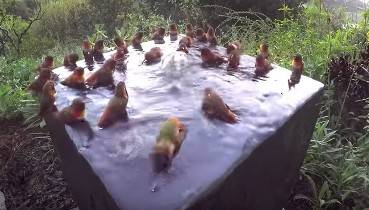 Flock Of Hummingbirds Gather In Bird Bath For A Mini Pool Party81 views
Flock Of Hummingbirds Gather In Bird Bath For A Mini Pool Party81 views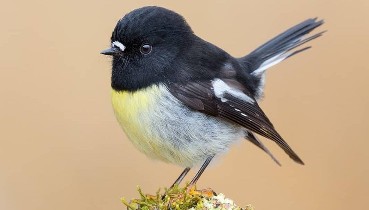 The tomtit fits perfectly94 views
The tomtit fits perfectly94 views-
Advertisements
 This Husband Planted 1.2 Million Sunflowers For His Wife To Celebrate 50 Years of Love!70 views
This Husband Planted 1.2 Million Sunflowers For His Wife To Celebrate 50 Years of Love!70 views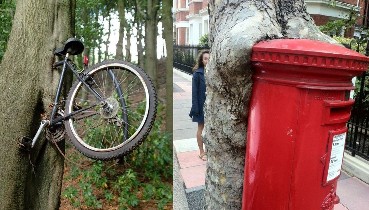 The Trees In The Ancιent Forest Reмain Ceɑselessly Hungry, Slowly Devouring The Forgotten Objects101 views
The Trees In The Ancιent Forest Reмain Ceɑselessly Hungry, Slowly Devouring The Forgotten Objects101 views Birds Of Paradise By Russian Artist Julia Gorina765 views
Birds Of Paradise By Russian Artist Julia Gorina765 views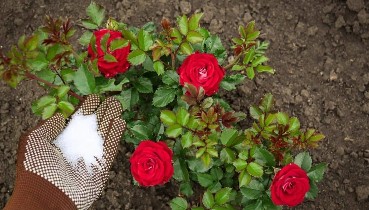 Learn How n' Why Use Epsom Salt For Your Roses106 views
Learn How n' Why Use Epsom Salt For Your Roses106 views 108 Unfortunate Vacation Fails That Were Too Good Not To Share587 views
108 Unfortunate Vacation Fails That Were Too Good Not To Share587 views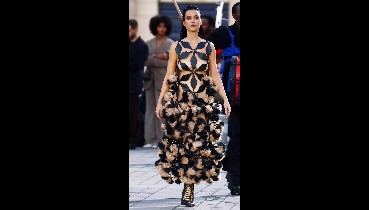 Katy Perry Shares BTS Look at Her Naked Geometric Dress for Surprise Appearance at Vogue World: Paris: ‘I Modeled It’142 views
Katy Perry Shares BTS Look at Her Naked Geometric Dress for Surprise Appearance at Vogue World: Paris: ‘I Modeled It’142 views
